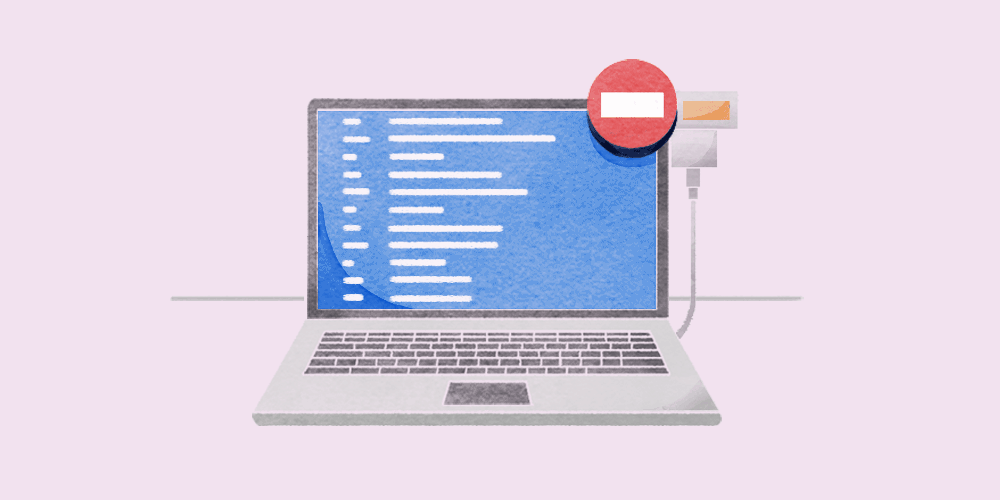Nearly half of workers say they work 4 hours a day

Nobody actually works a straight eight hours a day. We have lunch, read news sites, check social media, send texts, use the bathroom, and if we’re working from home, maybe do laundry, take the dog for a walk, or spend time with the kids.
It’s the 9-to-5 lie.
While the Covid-19 pandemic shook things up in the workplace by redefining a better work-life balance, most companies expect most of the eight hours of the day to be used for work. However, some companies have pivoted to an outcome-driven model, where employers explicitly state they don’t care how they get the work done as long as it’s done, dismissing any workplace surveillance methods.
While there has long been a push for salary transparency, there isn’t necessarily transparency around how many hours people work in a day, especially in remote or hybrid workplaces. So how many hours do people really work in a day? A user on anonymous workplace community Blind asked this exact question in a poll at the end of May, which resulted in nearly 10,000 responses from verified professionals. The user who created the poll admitted that they only put in three to three and a half hours of focused work every day as a software engineer because that’s when they feel like burnout begins to happen. They say a two-hour break is needed before they’re recharged.
The final results of the survey found that 45% of people work four hours — and some even less — a day.
According to the Blind survey results, 919 Amazon employees responded that 40% of them work four hours or fewer, 43% at Microsoft (476 respondents), and 40% at Google (393 respondents). Each of those companies are on a hybrid schedule. However, Meta, still remote but pushing for hybrid by the end of summer, had 33% of people work four hours (or less than four) out of the 316 respondents from the company.
That doesn’t mean that all remote companies are seeing the same results though. Atlassian, which encourages employees to work from where they want, has 51% of the 82 employees that responded reporting that they work four hours or less.
Workers backed up their votes in the comments with one Amazon worker writing: “Salaried workers are paid for output, not effort.” And another one saying: “If you need to be creative to solve a problem, it is crucial to take a long break to let your mind wander, like taking a long walk, a shower, going to an office party, coffee shop, etc.”
The question of how to measure true productivity has been bandied around for a while now. “I wasn’t surprised to see the results as drastic and extreme as they appeared,” said Rick Chen, director of public relations at Blind. “The topics of productivity and workload have been incredibly popular and common on Blind recently, especially as many of the big tech companies and banks announce return-to-office or in-office schedules.”
A similar study by career resource website Zippia earlier this year backs up the Blind poll. The company found that during an eight-hour workday, the average worker only spends four hours and 12 minutes actively working. The research, which polled 1,000 people, found that 47% of workers admit to surfing the internet and 78% of respondents said they didn’t need eight hours to complete their daily work.
“It’s rare to actually have 100% productivity, or close to that, during a workday,” said Kathy Morris, who conducted the Zippia research.
What do companies think is happening?
When people are in the office, they tend to make themselves look busy. But it can be just that — performative.
“They find themselves in a lot of meetings just for the sake of meetings or to show that they’re working,” said Chen. “If I have to commute to the office, I might be distracted in the office and getting less done just because we’re all in one place. It all contributes to this realization that people don’t spend as much time as they could on focused or hard work.”
With the rise of remote work, some employers have gone the surveillance route to ensure that most of the eight hours were spent working, since they could no longer physically see workers in the office. A New York Times investigation from August 2022 found that eight of the 10 largest private U.S. employers tracked individual productivity. However, workplace experts argue that’s not the best way to make sure quality work is getting done.
Atlassian, which offers a suite of products to track projects and collaboration, recently looked at usage data to compare how its customers are using its products as well as its own employees. The company found that Atlassian customers tend to work a little over seven hours a day, mostly within traditional work hours, while Atlassian employees tend to work over eight hours a day, with somewhat later days but more breaks during traditional work hours.
Blurred lines
It begs the question: Why is there such a gap between this and what Atlassian’s 82 employees reported on Blind? Do those breaks add up to about half the day?
“There are more peaks of usage intensity and more troughs,” said Annie Dean, who leads Atlassian’s Team Anywhere team. “People are taking breaks. They’re working intensely and then taking a break, spreading the day over a longer portion, and sometimes extending into weekends in order to accommodate or integrate parts of their life into their daily experience.”
Dean herself takes time out to go to appointments in between work. Others may use the same period of time to pick up their kids from school. It reinforces Microsoft’s research around what’s called the “triple peak day,” where people have another push at night, usually after the kids are in bed, where they can log back on and do a few more tasks.
Malissa Clark researches topics including overwork and workaholism as a psychology professor at the University of Georgia. She says she’s worried about this autonomy paradox, which suggests that there is tension between personal autonomy and commitment to work. While flexible work has a number of benefits, she questions if it could actually backfire in the sense that it ends up expanding boundaries of what is work.
“Everything is blurred,” said Clark. “Instead of working from home, we are living where we work. There is no separation sometimes. Prior to the pandemic, that wasn’t as common. The pandemic opened opportunities for shifting, but we may have learned some really bad habits. It’s one step in the right direction and two steps back in terms of are we really managing how much we work and creating those boundaries between work and home?”
Outcome-oriented approach
Atlassian isn’t measuring the number of hours people work, instead using a unified-goal structure and an outcome-oriented approach. Dean said she encourages her team to leave 50% of their day open for deep work so that it is prioritized over back-to-back Zoom meetings.
“The future of knowledge work needs to be more outcome-oriented,” said Dean. “When I focus on my most difficult problems, and I really do invest four to five hours in that, I often feel like I’ve given it all on the field. When I think about my own energy levels, I have about four to five hours of my highest level brainpower to contribute on any given day.”
So does that mean it’s okay if an employee finishes their responsibilities in a shorter period they can step away from their computers? Or, would that be considered quiet quitting, where someone only does just enough in the day to seem productive?
There are also other factors at play, including ongoing layoffs that may have dimmed company morale and the desire to work hard, acting your wage, where people only do as much as they see fit according to what they’re paid, or even the boom in generative AI that allows us to delegate busy tasks to a robot.
“A lot of people do feel like they are just completing their job sufficiently enough in less than eight hours,” said Morris. “Our respondents said they don’t feel the need to do more or that there’s a lot they will get out of doing more.”
Layoffs, acting your wage, quiet quitting
If two people are getting paid the same wage, but one person can be notably more productive than the other, should they have to fill their time with more work? That goes into the idea of acting your wage, a workplace trend that identifies that the amount of labor that you’re putting in reflects the amount that you’re getting paid. Even with layoffs, some might think that workers should want to be proving themselves, but Chen said that’s not the case.
“These layoffs were not targeted at low performers and seemingly happened at random,” said Chen. “A lot of people have started to realize is it even worth it to go that extra mile to work super hard, it seems like the company doesn’t reward that kind of behavior or loyalty.”
Morris argued, though, that the shortened number of hours people spend doing work doesn’t mean people aren’t working hard. Instead, it’s taking the time to recharge and reposition themselves to tackle tasks from a better mental state.
“As we shift into a more results-driven workforce, it’s important to look at what people are actually accomplishing versus how much their mouse is in their hand,” said Morris.
The 40-hour work week was established decades ago. While there have been ongoing discussions about a four-day workweek or a six-hour workday, it isn’t widely used.
People are working less hours during the day for a mix of all these reasons, so why do we need to pretend like we’re working a full eight hours? Clark said it requires a shift not just at the organization level but on a societal level to think about work differently. There are definitely companies, like Atlassian, that emphasize quality over quantity, but others are stuck in the past, believing that the number of hours put into a job still are a sign of how good that employee is.
“We really haven’t changed how we work, even though technology has allowed us to be so much more efficient that we really don’t need to spend that many hours working,” said Clark. “Five decades ago there was no such thing as sending an email, you had to use a typewriter. Everything is just so much quicker now. We even have artificial intelligence.”


